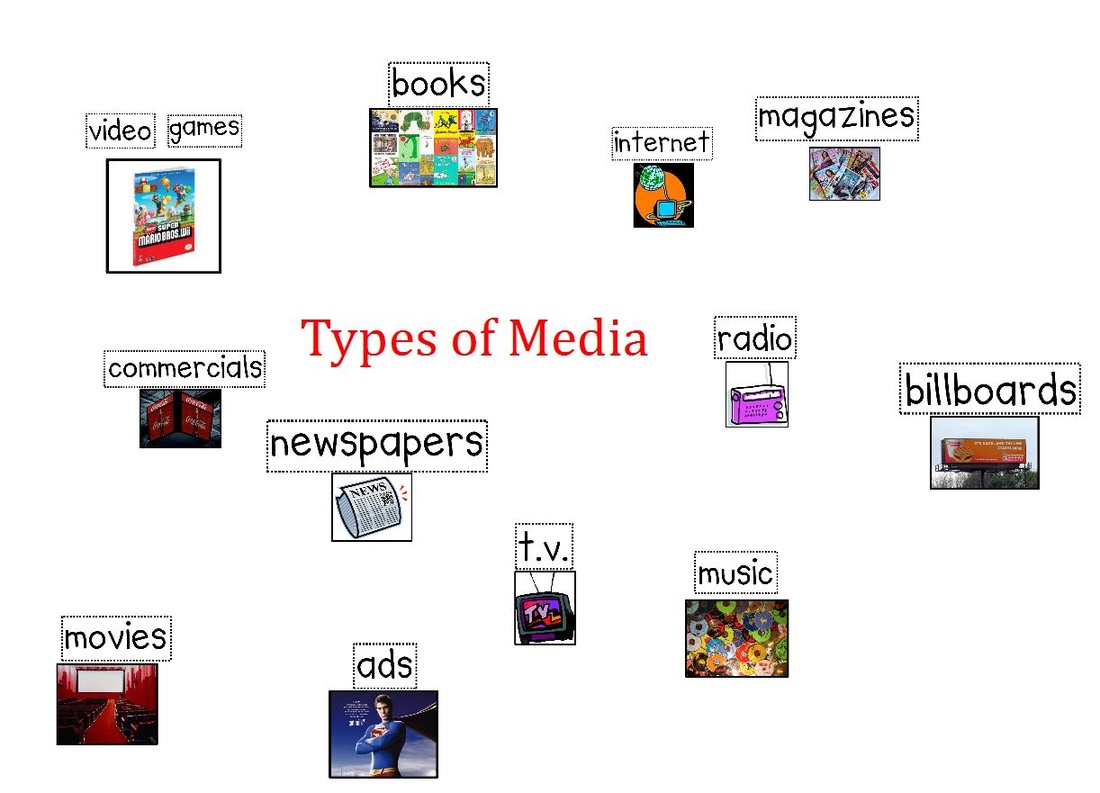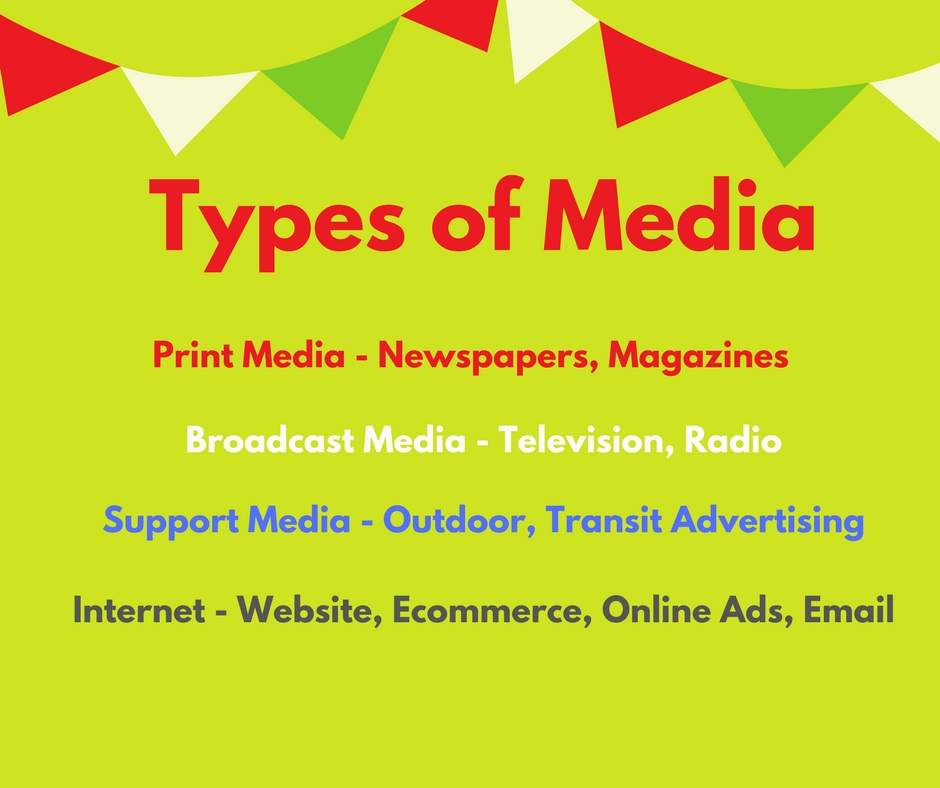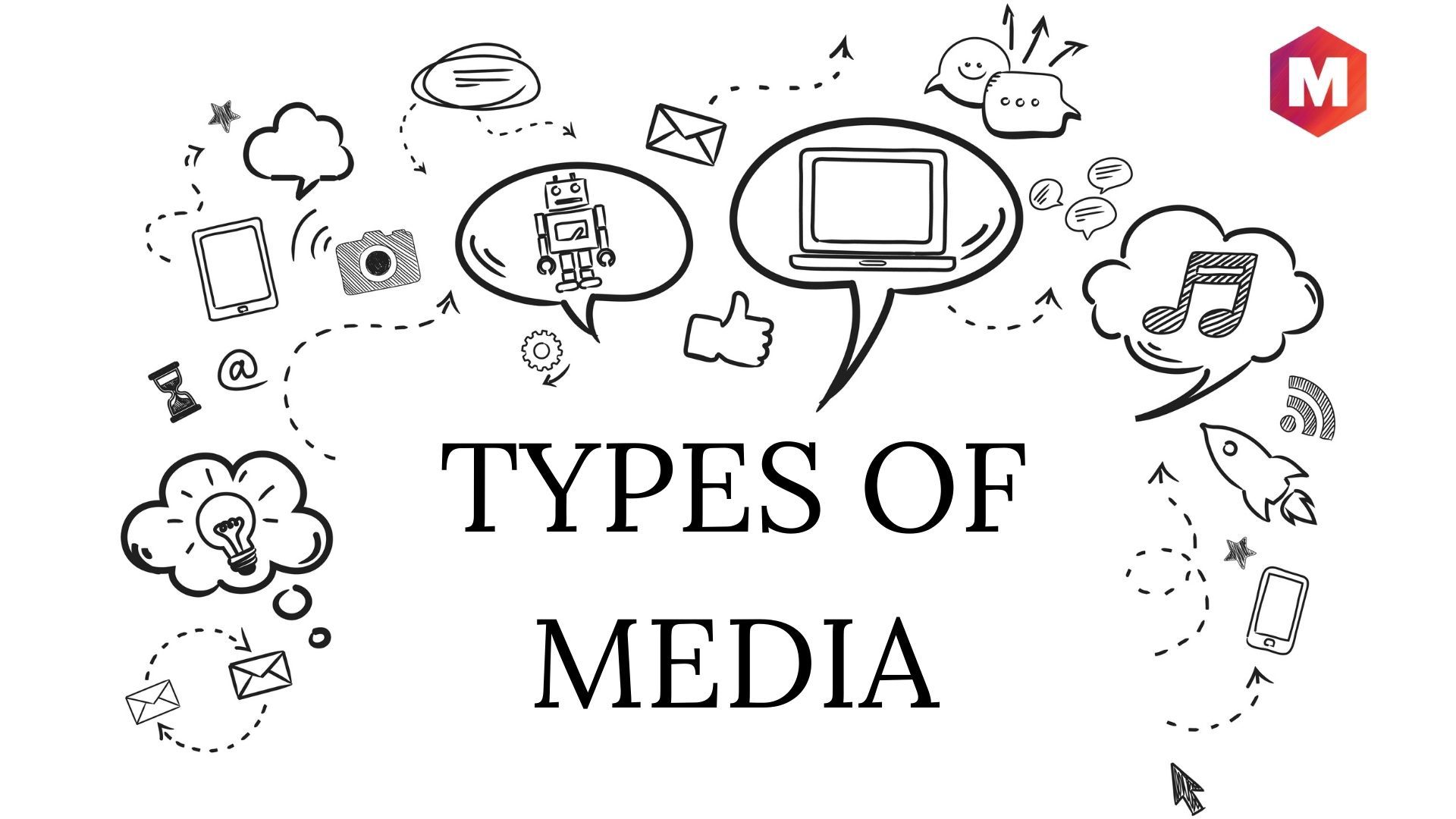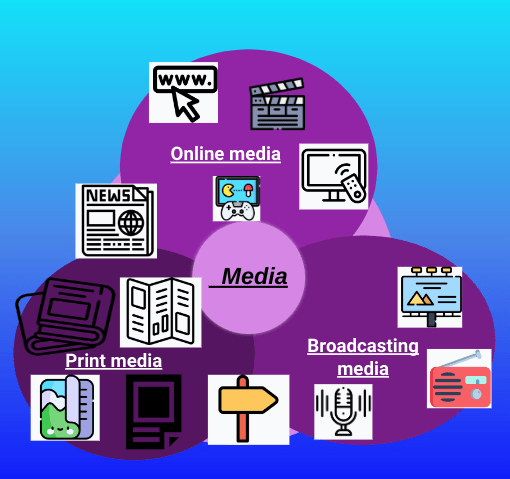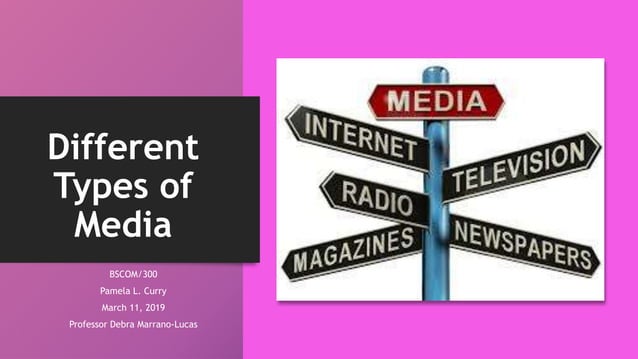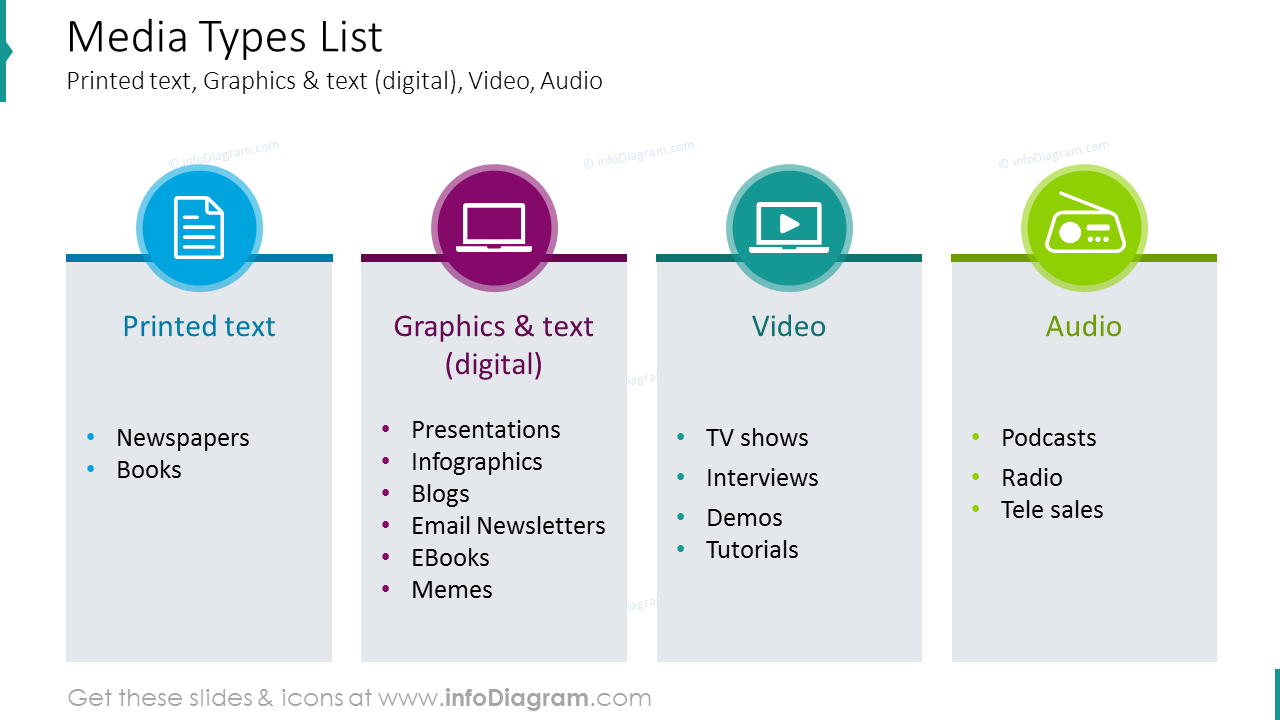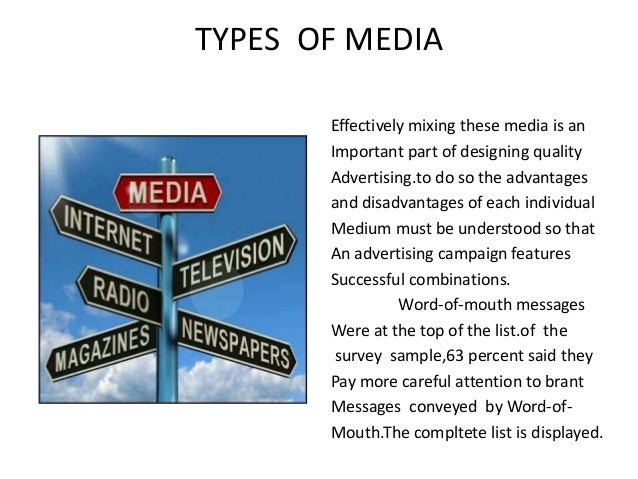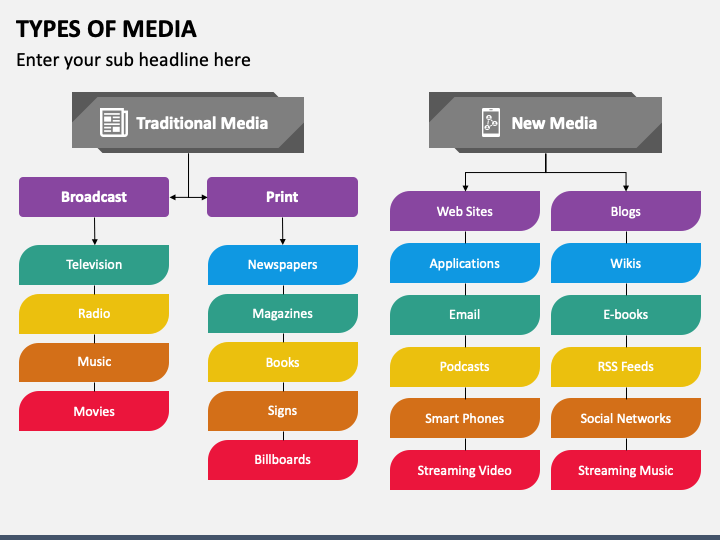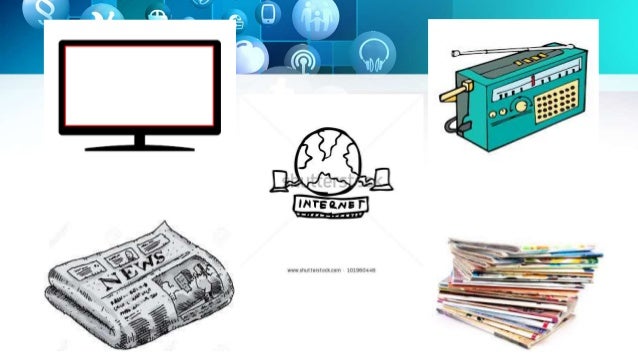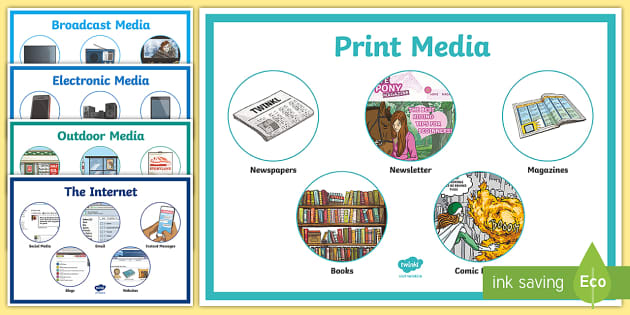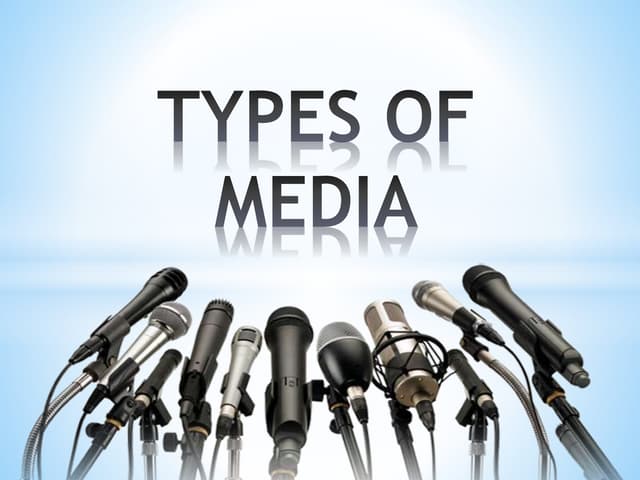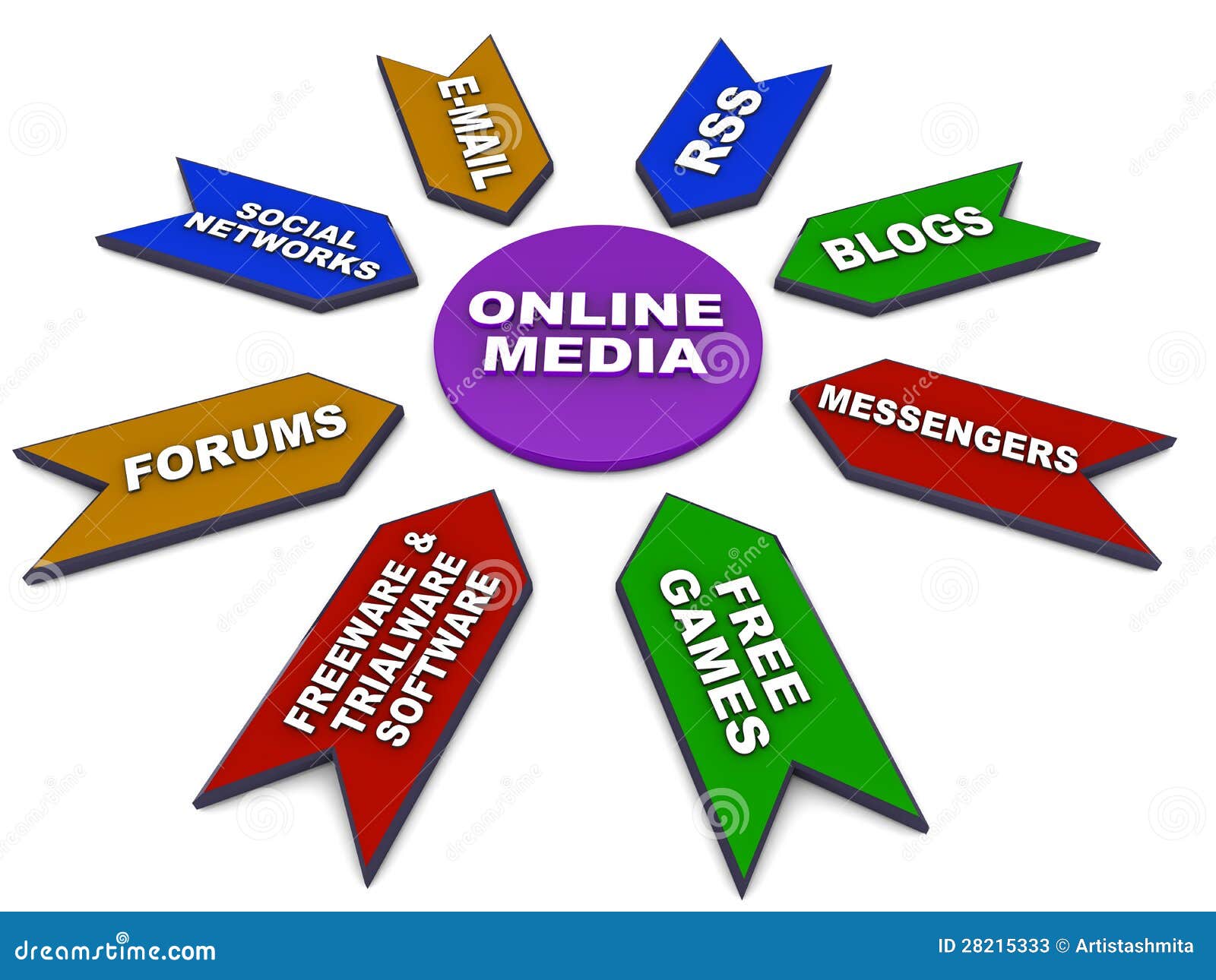What Are Different Types Of Media
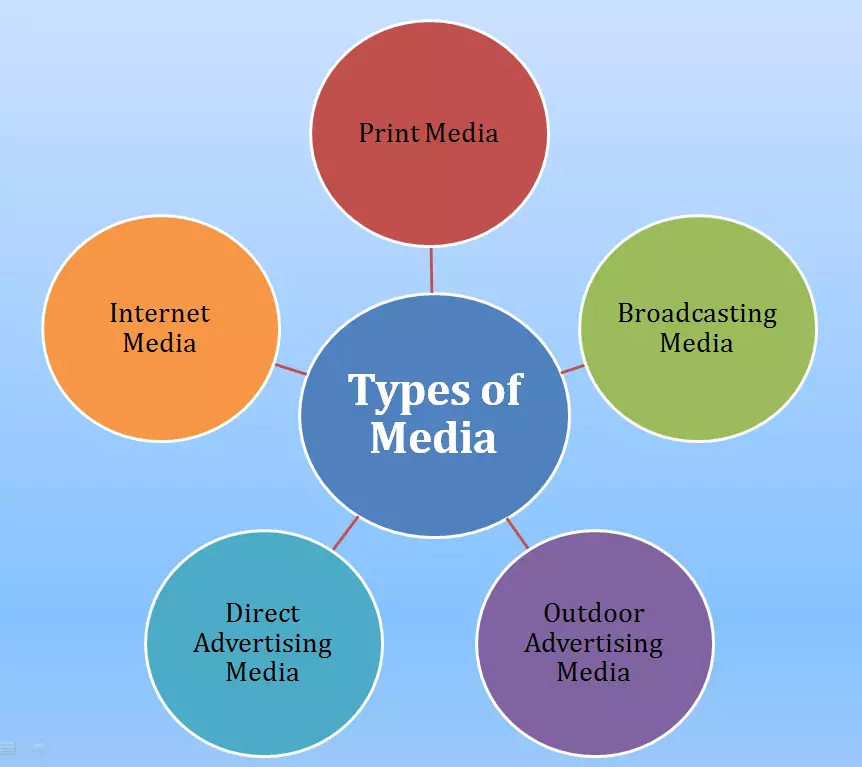
In today's interconnected world, understanding the different types of media is crucial for navigating the information landscape. From traditional forms like print and broadcast to the ever-evolving digital sphere, media shapes our perceptions, influences our decisions, and connects us to global events. Recognizing the characteristics and nuances of each type allows for informed consumption and critical evaluation of the information we encounter daily.
This article will explore the diverse landscape of media, examining its different forms, their defining characteristics, and their impact on society. It will offer an overview of the main categories of media, providing a foundation for understanding how information is disseminated and consumed in the modern era. By understanding the various forms of media, individuals can become more discerning consumers of information and better equipped to engage with the world around them.
Traditional Media
Traditional media encompasses the established forms of communication that predate the digital age. These media formats, while still relevant, have experienced significant shifts in usage and influence due to the rise of the internet and digital technologies.
Print Media
Print media includes newspapers, magazines, and books. Historically, newspapers have served as primary sources of news and information, providing in-depth coverage of local, national, and international events. Magazines offer specialized content catering to diverse interests, ranging from fashion and lifestyle to science and technology.
Books, on the other hand, provide a longer-form medium for storytelling, education, and the dissemination of knowledge. While print media has seen a decline in readership due to digital alternatives, it remains a vital source of information for many, particularly for those who prefer a tangible reading experience.
Broadcast Media
Broadcast media comprises television and radio. Television offers a visual and auditory medium for news, entertainment, and advertising. Radio, while primarily an audio medium, remains a popular source of news, music, and talk shows, especially during commutes and for reaching geographically dispersed audiences.
These forms of media have the power to reach large audiences simultaneously. However, they are often subject to regulation and control by governments and media corporations.
Digital Media
Digital media encompasses the various forms of communication that utilize digital technologies, particularly the internet. It has revolutionized how information is created, distributed, and consumed, offering unprecedented opportunities for interactivity, personalization, and global reach.
Internet Media
Internet media includes websites, blogs, online news sources, and social media platforms. Websites provide a platform for organizations and individuals to share information, promote products and services, and engage with their audiences. Blogs offer a space for personal expression and opinion, while online news sources provide real-time updates and in-depth coverage of current events.
Social media platforms, such as Facebook, Twitter, Instagram, and TikTok, have become integral to modern communication, connecting billions of people worldwide and facilitating the sharing of news, ideas, and personal experiences.
Mobile Media
Mobile media refers to the consumption of media on mobile devices, such as smartphones and tablets. The proliferation of mobile devices has led to a surge in mobile media consumption, with people increasingly accessing news, entertainment, and social media on the go.
Mobile apps offer convenient access to a wide range of content, from news and entertainment to social networking and e-commerce. The portability and accessibility of mobile devices have made mobile media a dominant force in the digital landscape.
Other Types of Media
Beyond traditional and digital media, other forms of media play important roles in shaping our understanding of the world. These include:
Outdoor Media
Outdoor media encompasses billboards, posters, and other forms of advertising displayed in public spaces. These media provide a visual presence in the physical environment, targeting audiences who are on the move.
Direct Mail
Direct mail involves sending promotional materials directly to consumers' homes or businesses. This form of media allows for targeted advertising and personalized messaging.
Specialty Media
Specialty media includes promotional items, such as branded pens, mugs, and clothing. These items serve as reminders of a brand and can foster customer loyalty.
The Significance of Understanding Different Media Types
Understanding the different types of media is essential for navigating the complexities of the modern information environment. Each type of media has its own strengths, weaknesses, and biases. Recognizing these characteristics allows individuals to critically evaluate the information they encounter and make informed decisions.
Furthermore, understanding media types is crucial for effective communication and marketing. By selecting the appropriate media channels, organizations can reach their target audiences more effectively and achieve their communication goals. Being able to critically analyze the different forms of media can also lead to better decision-making when it comes to one's own media creation and sharing habits.
In conclusion, the media landscape is vast and diverse, encompassing traditional forms, digital platforms, and various other channels. By understanding the characteristics and nuances of each type of media, individuals can become more discerning consumers of information and more effective communicators in an increasingly interconnected world.
